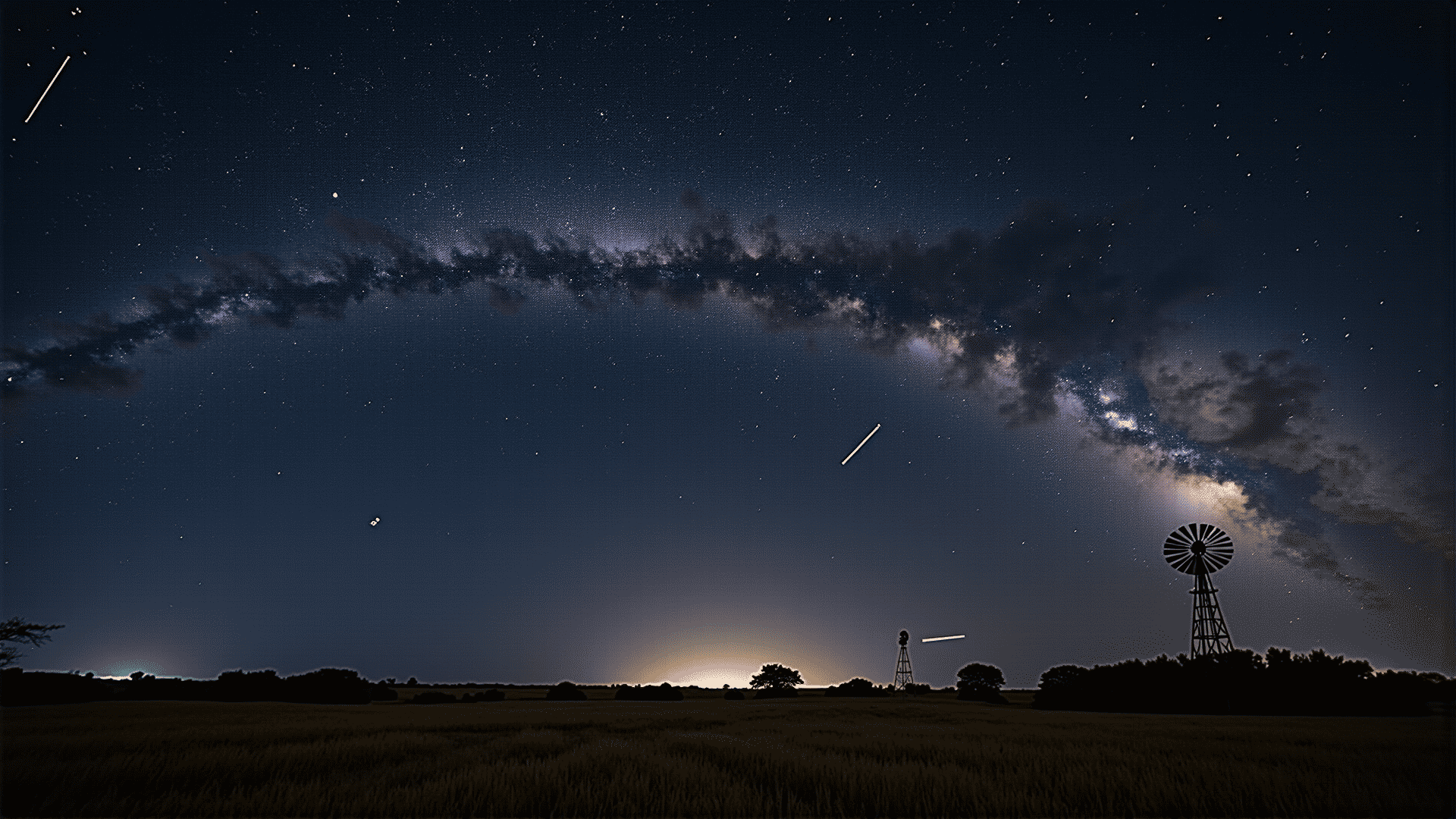Capturing astronomical phenomena requires a blend of technical skill and creative vision. If you've always marveled at the wonders of the night sky and wished to capture its mesmerizing beauty, learning the art of night sky photography can be incredibly rewarding. Here’s how to enhance your skills and craft vibrant images of celestial events.
Understanding Your Equipment
The journey begins with understanding the tools at your disposal. A digital camera with manual settings is essential. While many modern smartphones are equipped with impressive cameras, a DSLR or mirrorless camera with interchangeable lenses offers greater flexibility and control. A wide-angle lens is ideal for capturing expansive views of the sky, while a telephoto lens is better suited for close-up shots of celestial bodies.
A sturdy tripod is crucial in this field of photography. Night photography typically involves long exposure times, making the use of a tripod imperative for avoiding camera shake and ensuring your images remain sharp.
Mastering the Settings
Delving into manual settings is where true mastery begins. Key parameters include:
-
Aperture: A wide aperture (small f-number) lets in more light and is vital for night photography. An aperture of f/2.8 is highly recommended, but f/4 can also yield good results.
-
Shutter Speed: Varying your shutter speed is key to capturing different aspects of the night sky. Longer exposures, ranging from 10 to 30 seconds, work well for capturing more starlight and can also create star trails, depicting the Earth's rotation.
-
ISO: Though increasing the ISO allows more light to hit the camera sensor, too high an ISO can introduce noise. It’s a delicate balancing act; start with an ISO of 1600 and adjust based on the ambient light and desired effect.
-
Focus: Autofocus may struggle in low light, so setting your lens to manual focus and honing in on a bright star or distant light for sharper results is advisable.
Planning and Preparation
Planning your shoot is critical for capturing astronomical events. Use apps or online tools that indicate celestial events and astronomical weather conditions. Tools that provide star maps or augmented reality sky guides can help align your shots with the movement of the stars or the timing of meteor showers.
Scout locations in advance to find areas clear of light pollution. Remote countryside or mountainous locations usually offer clearer skies. Familiarize yourself with the terrain during daylight hours to avoid mishaps during your night shoot.
Creative Techniques
Adding creativity to your shots can elevate them beyond standard representations of the night sky:
-
Light Painting: Introduce controlled light sources (like LED lamps) into your foreground to add depth and drama.
-
Time-lapse Photography: Capturing a series of long-exposure images and compiling them into a time-lapse video can beautifully portray the passage of time and movement of the stars.
-
Star Trails: For striking star trail imagery, extend the exposure time to several minutes or stack multiple shorter exposures. This technique results in concentric trails signifying the Earth’s rotation.
-
Foreground Interest: Include terrestrial elements such as trees, mountains, or buildings. These can give the celestial subject scale and context, adding layers to your composition.
Post-Processing
A critical part of the workflow, post-processing helps refine your images. Software such as Adobe Lightroom or Photoshop can enhance the colors and contrast, reduce noise, and bring out the finer details hidden within your captures. Balancing the exposure and adjusting the white balance can also yield more natural results.
Practice and Patience
Finally, the art of astronomical photography is honed through practice and patience. Conditions change rapidly, and capturing the perfect image often means adjusting settings on-the-fly and trying multiple compositions. Each outing is a learning experience, contributing to your growth as a photographer.
By combining technical understanding with creative exploration, you can develop the skills to capture the night sky's wonders in all their grandeur — from radiant star fields to vivid auroras and fleeting meteor showers. Embrace each celestial event with enthusiasm, and let the sky be your canvas.
